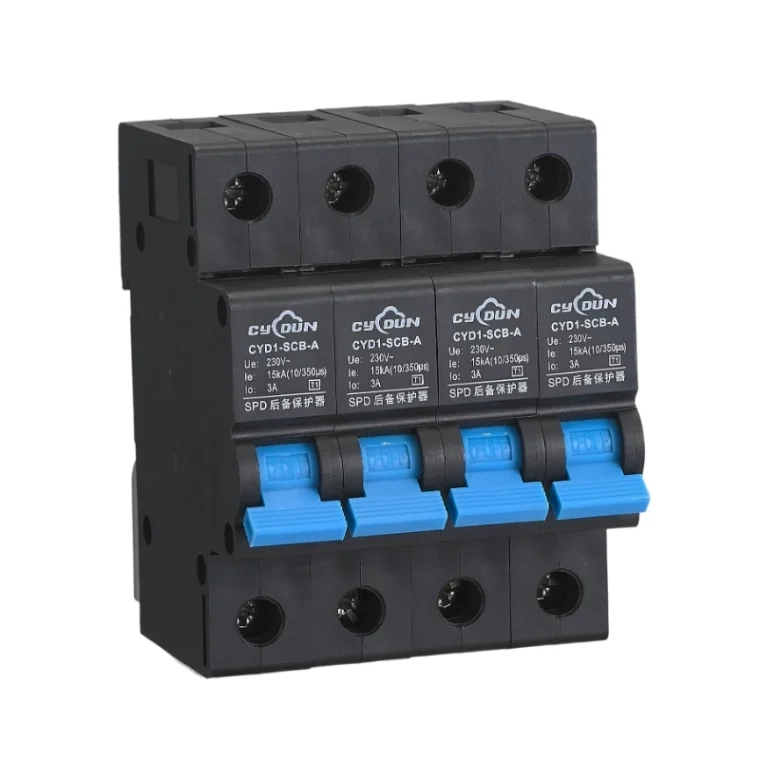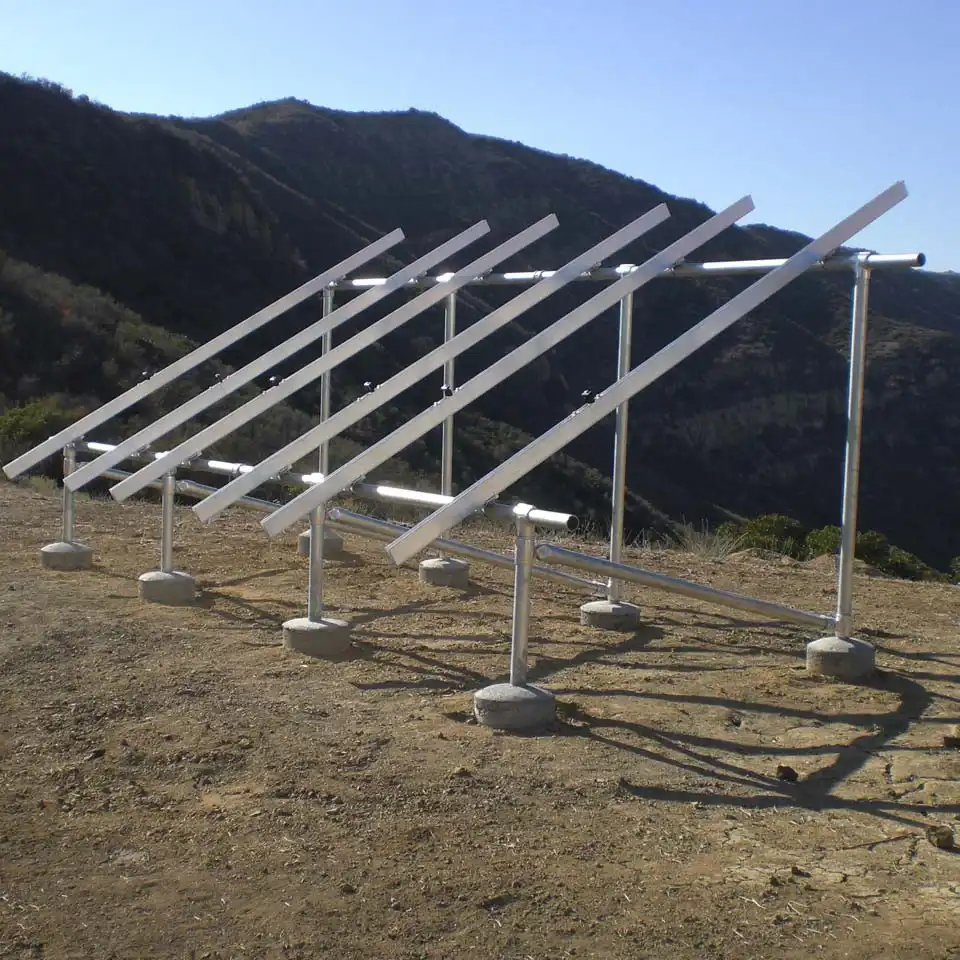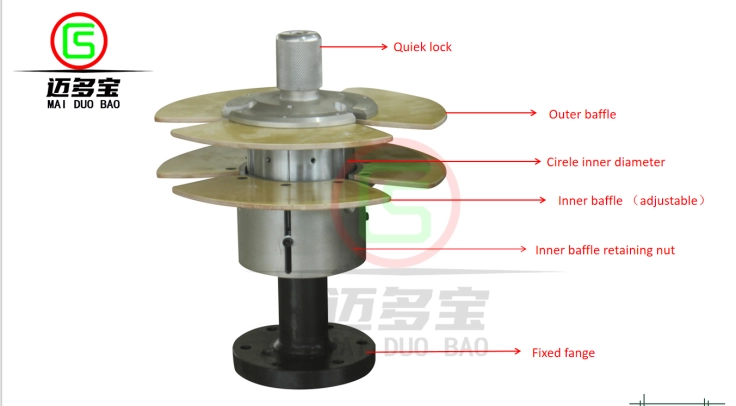How an SPD Circuit Breaker Protects Your Electrical Systems

Electrical and electronic systems are increasingly vulnerable to transient overvoltages caused by lightning strikes, switching operations, or grid disturbances. Without effective protection, these surges can damage sensitive equipment, disrupt operations, and compromise safety. A practical and reliable solution to this issue is the SPD circuit breaker, which integrates surge protection with circuit-breaking functions in one device. This article Pengpai explores the functions of SPD circuit breakers.
What is an SPD Circuit Breaker?

An SPD circuit breaker is an essential protective device that combines the functions of both a surge protective device (SPD) and a traditional circuit breaker. It safeguards electrical systems from transient overvoltages, such as those caused by lightning strikes or switching surges, by diverting the excess energy safely to ground. Unlike traditional circuit breakers, which are primarily designed to protect against overloads and short circuits, an SPD circuit breaker specifically addresses the issue of high-energy surges that can damage sensitive electrical components.
This specialized device plays a vital role in ensuring the reliability and longevity of electrical installations, particularly in environments where equipment is sensitive to fluctuations in voltage, such as data centers, manufacturing plants, and residential homes. By providing surge protection in addition to overload and short-circuit protection, the SPD circuit breaker ensures that both surge and electrical fault conditions are addressed, delivering comprehensive defense against electrical hazards.
Core Functions of SPD Circuit Breaker
1. Surge Suppression
The most important role of the SPD circuit breaker is to protect electrical systems from transient voltage surges. When a surge occurs, typically caused by lightning or switching of large inductive loads, the breaker channels the excess voltage away from the sensitive equipment, preventing potential damage. By clamping the surge to a safe level, the SPD circuit breaker helps to preserve the integrity of electrical systems, ensuring that sensitive components like microprocessors, communication systems, and industrial equipment remain operational.
Surge suppression is particularly important in environments where sensitive equipment cannot tolerate sudden voltage spikes, such as in telecommunication networks, medical facilities, and power distribution grids. Without an SPD circuit breaker, these systems would be at significant risk of damage during electrical storms or sudden power surges.
2. Overcurrent and Thermal Protection
Beyond surge suppression, the SPD circuit breaker also incorporates overcurrent and thermal protection. If the electrical current exceeds safe levels due to an overload or short circuit, the circuit breaker will disconnect the affected circuit, preventing further damage. Additionally, if the SPD circuit breaker experiences excessive heat from a surge event or a failure of its internal components, it will activate thermal protection mechanisms to isolate the fault and prevent hazardous situations like fires.
This combination of surge protection and overcurrent/thermal safeguards ensures that the SPD circuit breaker not only protects against voltage spikes but also defends against potentially catastrophic faults in electrical circuits.
3. Status Indication
Many SPD circuit breakers are equipped with visual status indicators such as LEDs or mechanical flags. These indicators provide immediate feedback on the condition of the device, showing whether it is operational, requires maintenance, or needs replacement. This feature is especially useful for facility managers and maintenance teams, as it allows them to quickly identify if the breaker has experienced an event that necessitates attention.
Advanced models of SPD circuit breakers also include remote signaling contacts that integrate with building management systems (BMS) for continuous monitoring, allowing real-time tracking of surge activity and device status across large facilities.
4. Safe Disconnection
An essential feature of the SPD circuit breaker is its ability to safely disconnect the device when the protective components inside are no longer functional or when they have reached the end of their service life. By safely isolating the SPD components, the breaker prevents overheating, fire hazards, or the failure of critical systems. This ensures that the device continues to function properly until it reaches its end-of-life, at which point it disconnects safely from the system, avoiding any potential risks to the electrical network.
5. Continuous Monitoring
For enhanced reliability, high-performance SPD circuit breakers include continuous monitoring systems that track surge events and system conditions. These features provide long-term insight into how well the system is performing and can alert users to any irregularities or patterns of repeated surge activity. Continuous monitoring helps with predictive maintenance, allowing facilities to plan for replacements or upgrades before a failure occurs.
The SPD circuit breaker is a vital component in modern electrical systems, providing both surge suppression and overcurrent protection. By integrating these two protective functions into one compact device, it enhances safety, reduces costs, and simplifies installation. With clear functional advantages, broad applications in residential, commercial, industrial, and renewable energy systems, and well-defined technical specifications, the SPD circuit breaker is an essential investment for ensuring long-term system reliability. For engineers and facility managers, understanding its role and performance is key to building safe and resilient electrical networks.
https://www.ppspd.com/How-an-SPD-Circuit-Breaker-Protects-Your-Electrical-Systems.html
https://www.ppspd.com/SPD-Backup-Protection-Device-iSCB
www.ppspd.com
Zhejiang Pengpai Environmental Protection Technology Co., Ltd.




